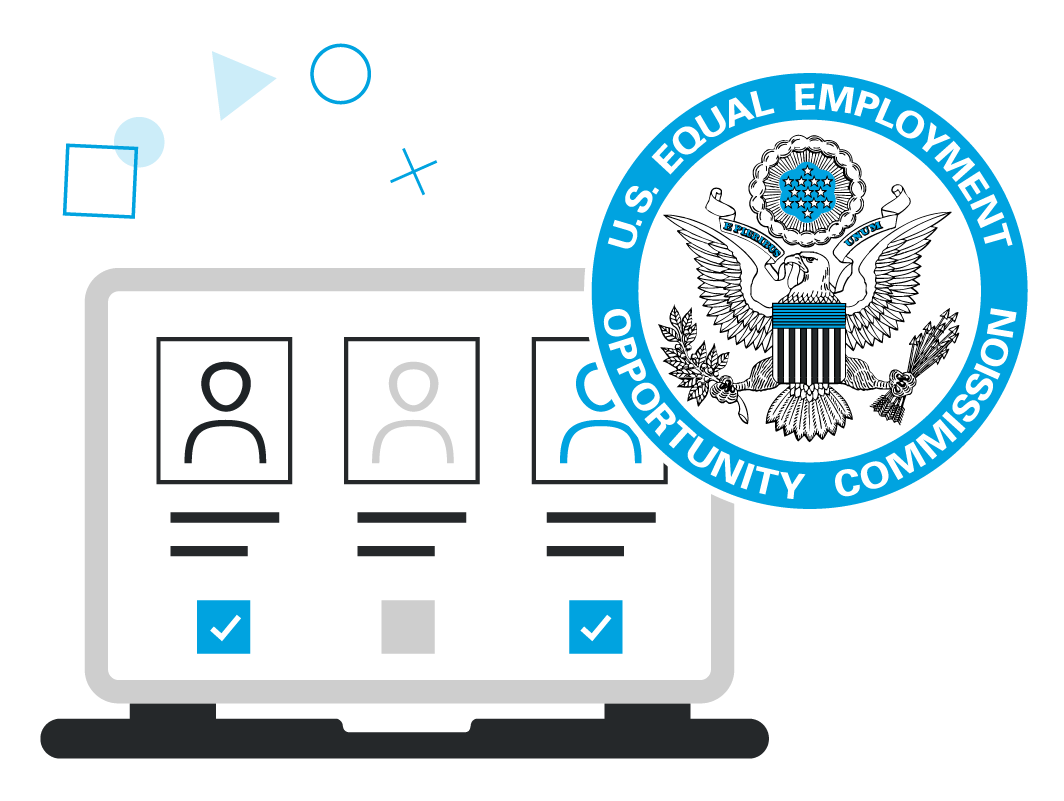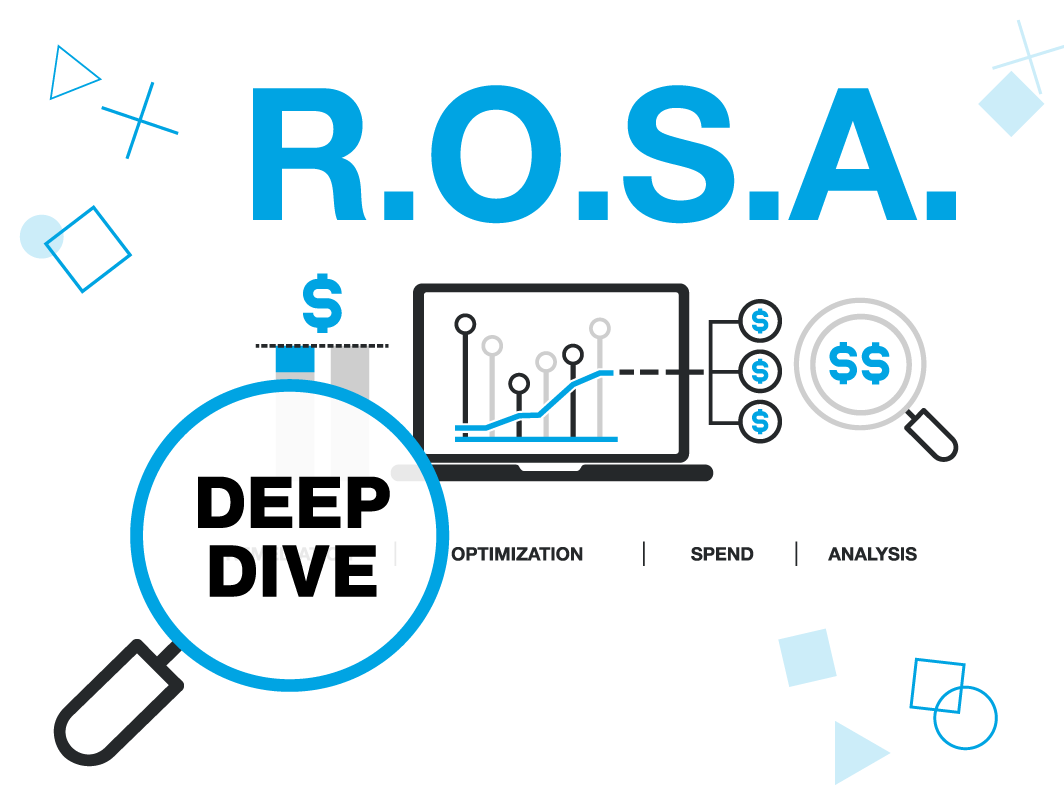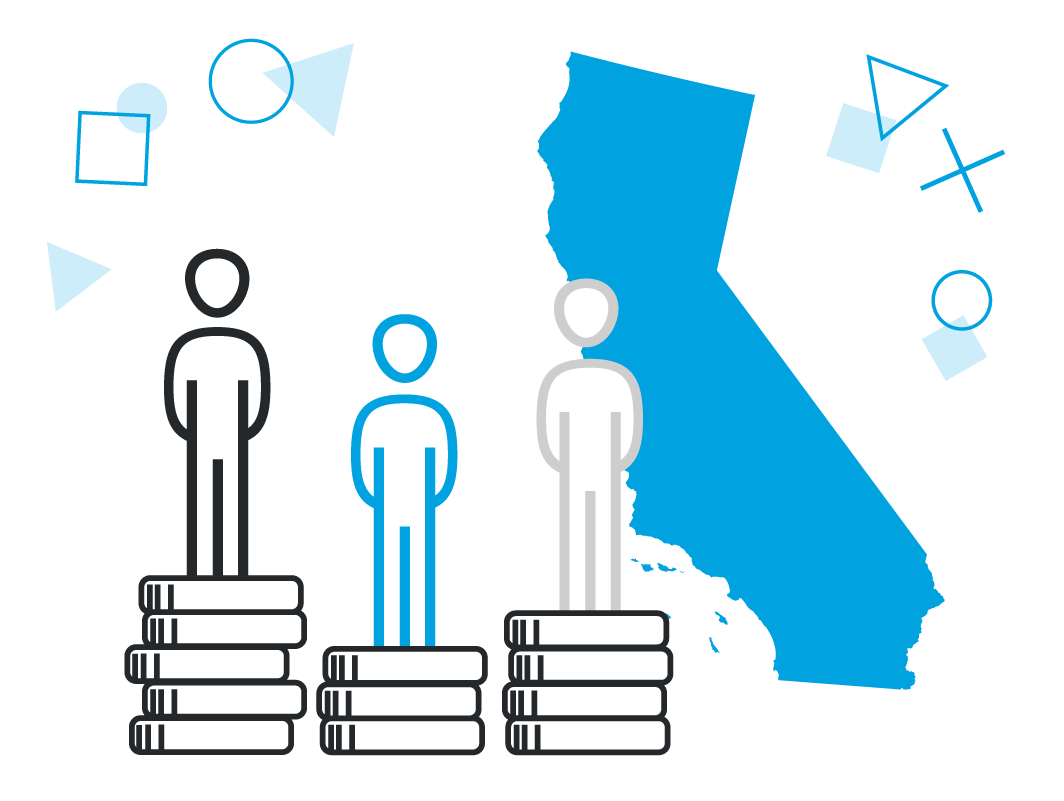
2 minute read
Innovation, vision, and design have come to be synonymous with industry leaders who have made the Fortune 500 list. Categorized by revenue, and first published in 1955, Fortune’s list of companies has long been the barometer of the values and characteristics that define success. With the announcement that the 2021 Fortune 500 list will factor in workforce diversity and inclusion data, Fortune is putting a fine point on a widely accepted truth: a company’s values play a large role in that company’s perceived value. The connection between leadership and corporate culture has been a subject of examination for years; and in an era when companies are as likely to engage via Twitter as they are on a corporate webpage, transparency and trust are paramount to retaining customers. Studies also show that those potential customers are increasingly concerned with the ethical aspect of the consumer relationship: a 2018 Barkley Report showed that amongst Gen Z consumers, 68% preferred brands that contribute to society — 61% were willing to pay more for ethically and sustainably sourced and created products.
Diversity Is Being Recognized as Essential
As the Overton window has shifted on DEI&A (diversity, equity, inclusion, and access) initiatives, their normalcy has invited objective study, and the data shows that increasing diversity lifts all ships. Organizations with focused and deliverable strategies for improving DEI&A showcase higher earnings and returns on equity. Diverse boardrooms can have a significant effect on performance; and a culture prizing inclusion has been shown to improve employee morale and engagement. America is a country en route to a minority majority, with the most diverse urban centers contributing a huge portion of the national GDP and a consumer demographic soon to be overwhelmingly made up of a generation exponentially more progressive than its predecessors. Technology and commerce are evolving faster than ever before, with disruptors continually introducing game-changing products and services. A proactive diversity strategy is the only way to future-proof a company, and the risks of failure in that regard have historically been on full display.
Take Kalanick-era Uber, a company whose initial diversity report made headlines for its lack thereof. Reporting a 2017 workforce that was over 63.9 male and less than 1% Black, Uber quickly became a Silicon Valley cautionary tale: a disruptor in algorithm only, carrying provincial biases into a progressive tech world and inspiring resignations, boycotts, and millions in losses. A swift and public triage toward a progresive company culture has aided the public image, but problems still haunt the tech giant today. In short, a lack of diversity has always been a canary in a coal mine — but prioritizing DEI&A, and specifically linking it to a healthy company culture, is a long overdue development in the national conversation encompassing organizational ethics and its positive effects on institutional outcomes.
DEI&A Has Gone Mainstream
Diversity, equity, inclusion, and access are becoming germaine to organizational structure: DEI — and with the evolving conversation, DEI&A – is as common a concept today as ROI, and investing in diversity data auditing is the best proactive strategy for any organization. With the California legislature leading the field with the passage of SB 973, and an incoming administration with a declared interest in pay equity, compulsory pay data reporting is on the national horizon as just another organizational reality.
The Fortune 500 inclusion of voluntary diversity and inclusion reporting marks a milestone in recognition: industry leaders are meeting a cultural moment, and finding it pivotal to their organizational success. A focus on diversity, equity, inclusion, and access has been — causally or correlatively — connected to companies with the foresight to meet the needs of the future. Fortune’s acknowledgment of the inherent value of D&I means that the venerated 500 — and the broader business world — will face future evaluations based on an organization’s culture as well as its bottom line.



